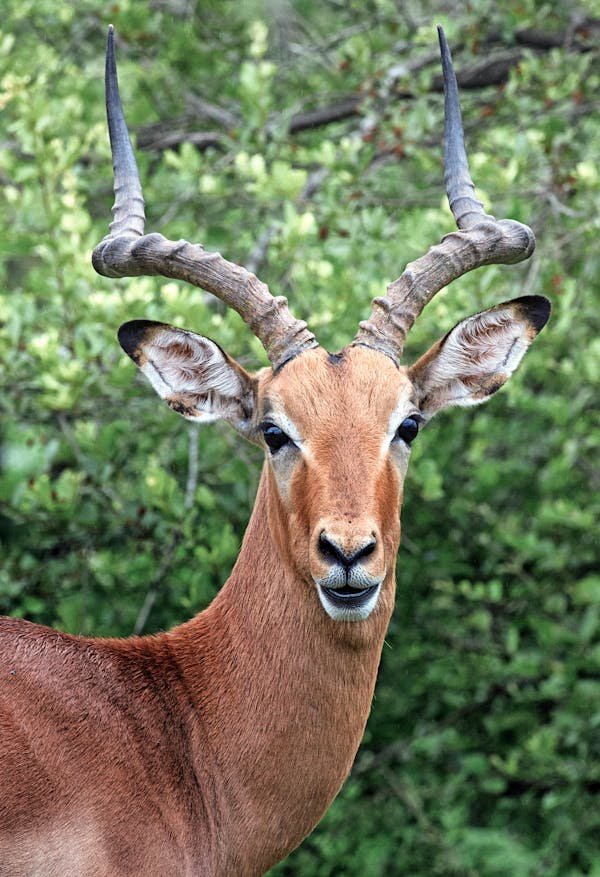Tanzania is one of the most breathtaking safari destinations in the world, home to iconic parks such as Serengeti, Ngorongoro Crater, Tarangire, and Lake Manyara. The country offers an unparalleled chance to witness Africa’s most stunning wildlife in their natural habitat. But to make the most of your safari, timing is everything. Understanding the best time to visit Tanzania for safari is essential for experiencing optimal weather, wildlife sightings, and overall value.
Understanding Tanzania’s Climate
Tanzania has a tropical climate, generally divided into two major seasons:
-
Dry Season (June to October)
-
Wet Season (November to May)
Each of these seasons offers a unique safari experience. Let’s explore what makes each time of the year special:
Dry Season: The Peak Safari Season (June to October)
Why It’s the Best Time:
The dry season is widely considered the best time to visit Tanzania for safari. During these months, the weather is cooler, skies are clear, and wildlife viewing is at its peak.
What You’ll Experience:
-
Animals gather around rivers and waterholes, making them easier to spot.
-
Vegetation is sparse, improving visibility.
-
Fewer mosquitoes due to less standing water.
-
The famous Great Migration occurs during this period, particularly in June–July (Grumeti River crossings) and August–September (Mara River crossings) in the Serengeti.
Highlights:
-
Serengeti for the Great Migration.
-
Ngorongoro Crater for year-round wildlife.
-
Tarangire for large elephant herds.
-
Cooler weather and low humidity.
Considerations:
-
Higher prices and limited availability – book well in advance.
-
More tourists in popular parks.
Short Rains Season (November to December)
Why It’s Worth Considering:
Though this is a rainy period, it usually consists of short showers in the afternoon, often clearing up quickly.
What You’ll Experience:
-
Beautiful green landscapes.
-
Migratory birds arrive – a treat for birdwatchers.
-
Fewer tourists and lower prices.
Highlights:
-
Southern and western Tanzania parks like Selous and Ruaha.
-
Early part of the Great Migration begins returning to the Serengeti.
Considerations:
-
Some roads may be muddy or impassable in remote areas.
-
Wildlife is slightly harder to spot due to dense foliage.
Green Season: Long Rains (March to May)
Why It’s the Low Season:
The long rains bring heavy showers, and many lodges in remote areas may close during this period.
What You’ll Experience:
-
Lush, vibrant greenery across landscapes.
-
Fewer crowds and the lowest travel costs.
-
Good opportunities for photography with dramatic skies and scenery.
Highlights:
-
Calving season in February-March in the southern Serengeti: watch newborn wildebeest and predator activity.
-
Ngorongoro Crater remains excellent for wildlife year-round.
Considerations:
-
Game drives can be challenging due to muddy terrain.
-
Some internal flights may be delayed or canceled.
-
Not ideal for first-time safari-goers.
Best Month-by-Month Breakdown
| Month | Safari Conditions |
|---|---|
| January | Warm, green scenery, fewer crowds; good for birding and newborn animals |
| February | Calving season in Serengeti; predators are highly active |
| March | Start of long rains; quieter parks, beautiful landscapes |
| April | Wettest month; low rates, but some lodges closed |
| May | Still rainy, but landscape is lush and green |
| June | Start of dry season; Great Migration begins moving north |
| July | Peak safari time; excellent wildlife viewing, Great Migration at Grumeti |
| August | Cool, dry weather; Great Migration at Mara River |
| September | Continued great sightings in northern Serengeti |
| October | Dry season ends; animals still concentrated around water sources |
| November | Short rains begin; fewer tourists, but still good game viewing |
| December | Green season starts; festive season brings more tourists |
Tailoring Your Safari Experience
-
Wildlife Focused: Visit between June and October.
-
Budget-Friendly Safari: Opt for March, April, or May.
-
Birdwatching: Visit during November to April to see migratory species.
-
Photography Enthusiasts: Travel during green season for striking backdrops.
Conclusion
The best time to visit Tanzania for safari largely depends on your interests and travel priorities. For most, the dry season from June to October offers the ideal blend of comfort and high-quality wildlife encounters. However, shoulder months like January, February, and November can also provide memorable experiences with fewer crowds and reduced costs.
Whether you’re chasing the Great Migration or just hoping to see the Big Five, Tanzania promises a life-changing adventure throughout the year.
